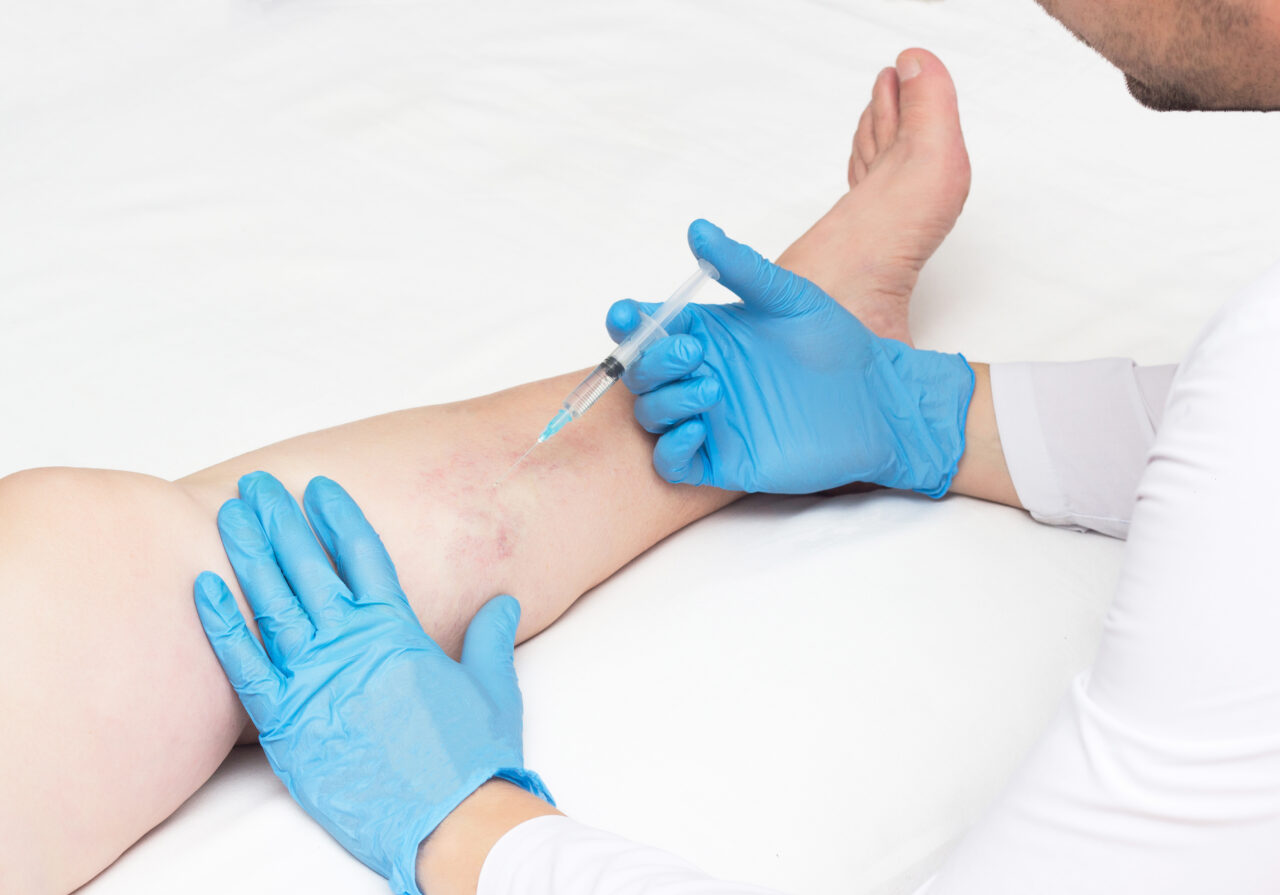When should you worry about varicose veins?
If you have large bulging veins on your legs or other parts of the body, you might be a little concerned. Varicose veins and spider veins certainly look hideous, and their appearance can lead to significant self-consciousness. Most patients with spider veins and varicose veins say they avoid going to social events that necessitate wearing skin-revealing outfits, such as beach parties because they’re self-conscious about their vascular health. The long-term presence of spider veins and varicose veins can negatively affect your mental health and confidence.

People often assume spider veins and varicose veins are purely cosmetic problems. But that’s simply not true. You should definitely consider vein treatment if you are self-conscious, but there are also medical reasons to pursue vein treatment. You should be worried about varicose veins and seek treatment if you notice the signs and symptoms of chronic venous insufficiency, the root cause of most vein problems. You may also need to contact a vein doctor if your varicose veins are extremely enlarged and dilated.
Vein Treatment Clinic is a group of state-of-the-art spider vein and varicose vein clinics in New York, New Jersey, California, and Washington DC. Our board-certified vein doctors carefully examine your varicose veins, determine if you have a serious problem, and curate personalized minimally invasive vein treatment plans. But how do you know that you need to consult vein doctors? When should you be worried about varicose veins? Below, we highlight a few situations that indicate it’s time to schedule an appointment with vein doctors.

When the varicose veins are extremely enlarged
Varicose veins fall within a spectrum of vein problems. When excess blood accumulates in leg veins, your vein walls dilate and start bulging outwards. Spider veins are the first stage of the problem — they’re dense clusters of blood vessels that remain underneath the skin’s surface. As blood continues accumulating, you may develop reticular veins that are larger than spider veins but smaller than varicose veins. And as more blood accumulates in the leg veins, you eventually develop large and protruding blood vessels, also known as varicose veins.
Varicose veins are dense blood vessels that bulge out of the skin’s surface, looking like a mass of twisted, tangled, and knotted rope-like veins. The presence of varicose veins indicates that you have a lot of blood accumulated in the leg veins, and you should definitely consult a vein doctor. If you don’t consult a vein doctor, blood will continue accumulating in the leg veins, eventually leading to excessively enlarged varicose veins with weak walls. In that state, the varicose veins are prone to bursting, which can cause profuse bleeding.
When you experience leg pain, muscle cramps, restless leg syndrome, and other symptoms of vein disease
As mentioned previously, varicose veins are usually symptomatic of an underlying medical condition known as chronic venous insufficiency. Healthy veins contain valves that act as one-way doors, allowing blood to flow towards the heart but not backward because of gravity. When your vein valves collapse, blood flows backward because of gravity and accumulates in the leg veins, eventually leading to dilated veins, spider veins, and varicose veins. Besides the visible signs of vein disease, you should also be mindful of the symptoms (things you feel).
The earliest symptoms of vein disease are fairly mild and benign, and they’re often misattributed to exhaustion and aging. The earliest symptoms of vein disease include leg heaviness, leg pain, frequent muscle cramps in the legs, leg swelling, and restless leg syndrome. These symptoms usually worsen at the end of the day or after you have been sitting or standing for long periods of time, i.e., after blood has accumulated in the lower legs. If you notice these symptoms with varicose veins, you should definitely contact a vein doctor.
When you notice signs of blood clots, skin ulcers, and deep vein thrombosis
If you continue avoiding vein treatments, blood will continue accumulating in the leg veins. If left untreated, chronic venous insufficiency can eventually lead to numerous long-term problems and complications, such as the formation of blood clots, skin ulcers on the legs, and deep vein thrombosis. These are extremely dangerous conditions that necessitate immediate treatment. You must contact your spider vein and varicose vein treatment center if you notice these problems.
What are my varicose vein treatment options?
Now that you understand when to be concerned about varicose veins, it’s time to consider your varicose vein treatment options. In the past, the only way to treat varicose veins was through complex surgical procedures that involved considerable downtime. But modern minimally invasive vein treatments are in-office procedures that conclude within an hour and allow you to resume your daily activities and work immediately after the treatment.
When you contact a reliable vein doctor, they should perform a thorough assessment of your condition. The vein doctor will examine your leg veins, review your medical history, discuss your symptoms, and administer ultrasound tests to visualize the root cause of your vein problems. If you have chronic venous insufficiency, the vein doctor should curate a personalized vein treatment plan consisting of minimally invasive procedures.
The best varicose vein treatments are radiofrequency ablation, laser ablation, venaseal, clarivein, and ambulatory phlebectomy. The vein doctor will use numerous techniques to collapse or seal the diseased saphenous vein responsible for your vein problems, rerouting the accumulated blood into healthier leg veins. After the primary vein treatment, the vein doctor may use ambulatory phlebectomy to remove the superficial varicose veins from your legs.
Minimally invasive spider vein and varicose vein treatments conclude within an hour, following which you may resume your daily activities and work. Please contact reliable vein doctors near your location if you have spider veins or varicose veins.








